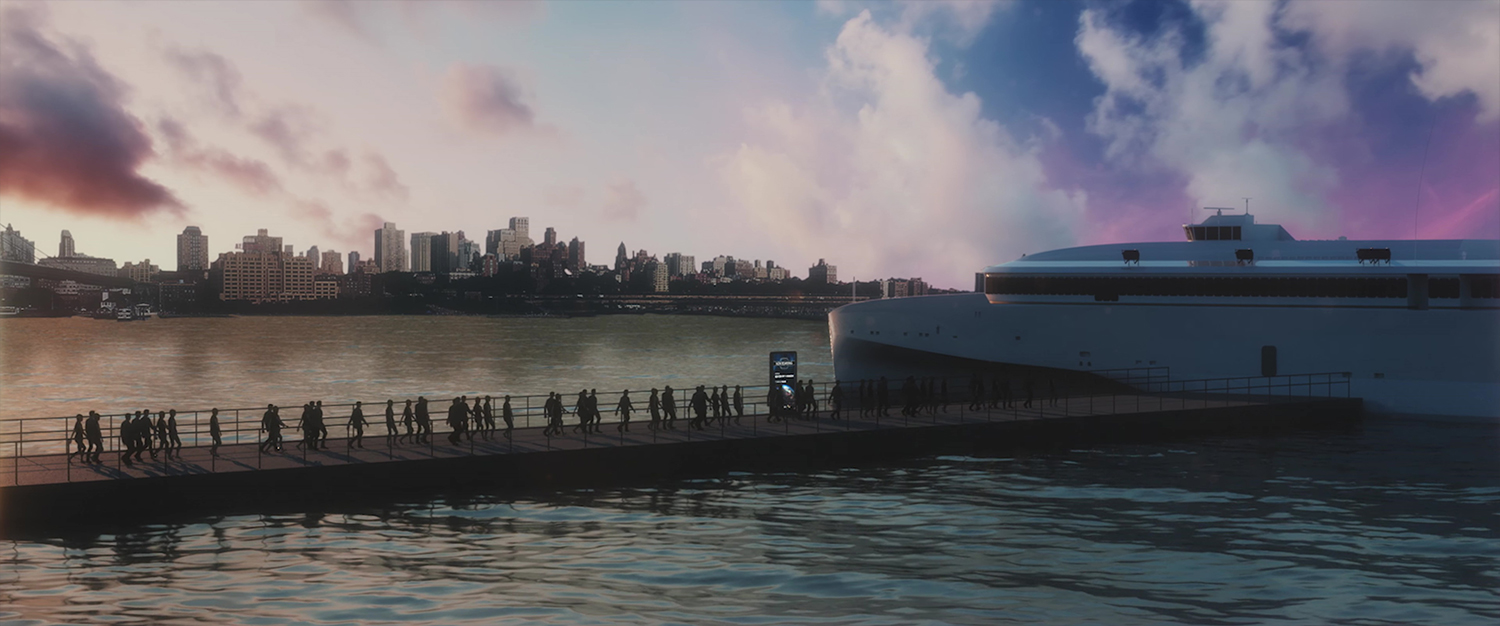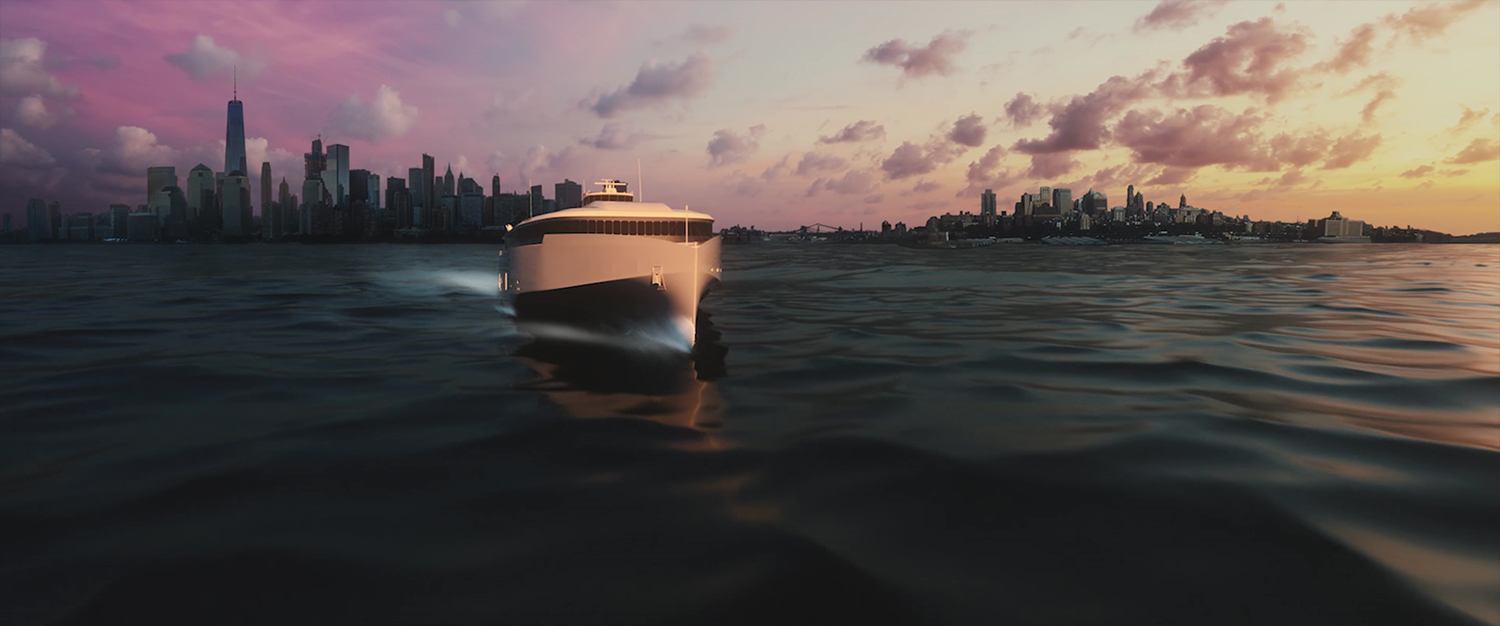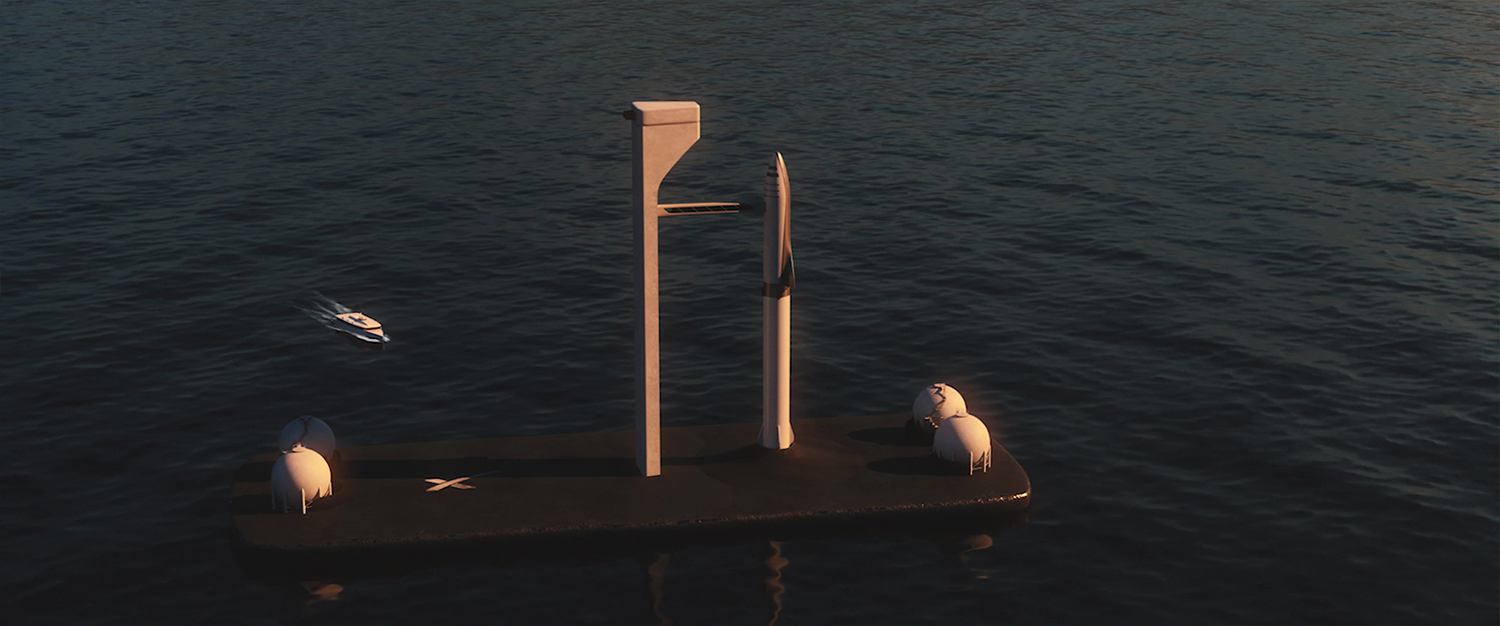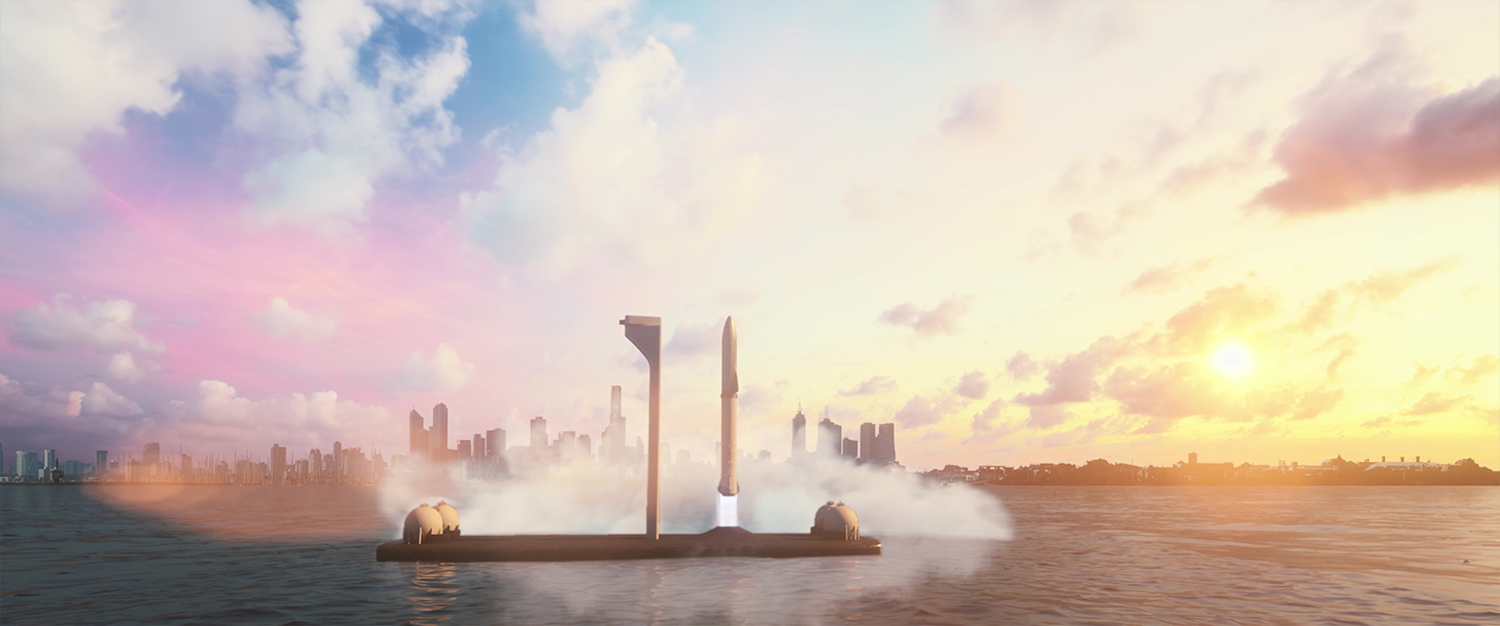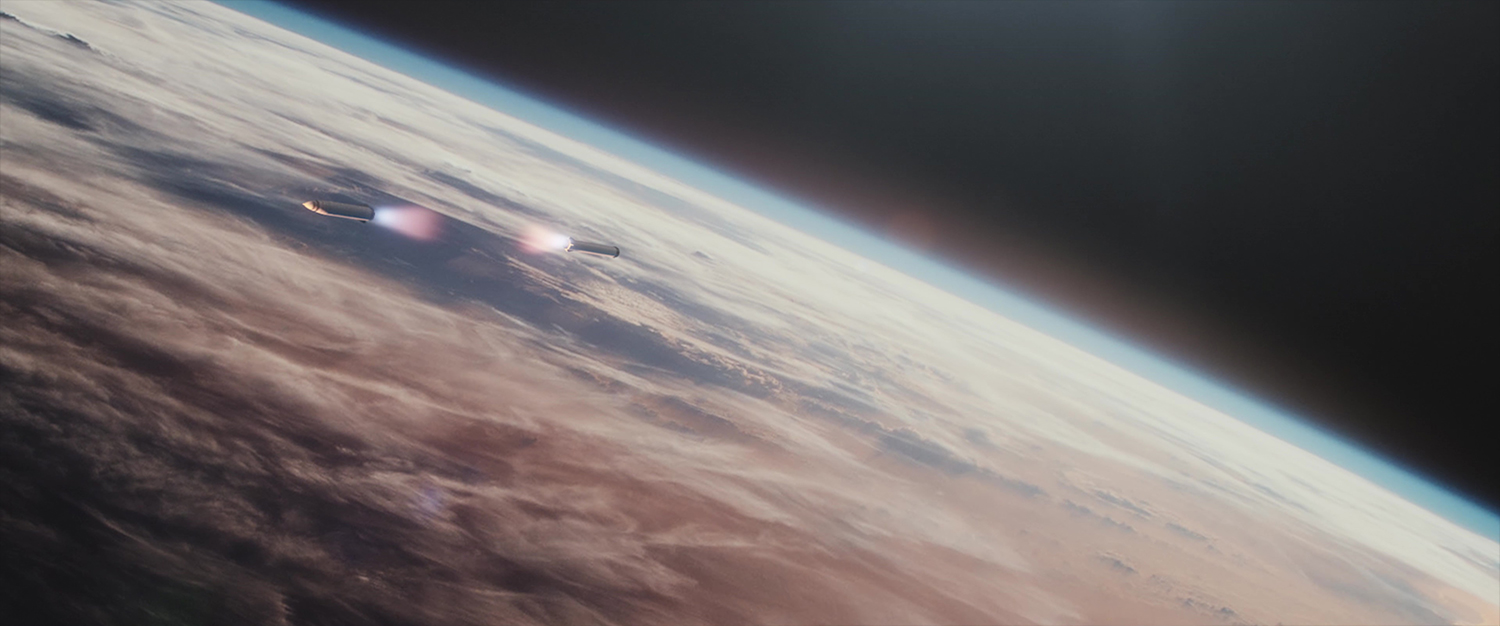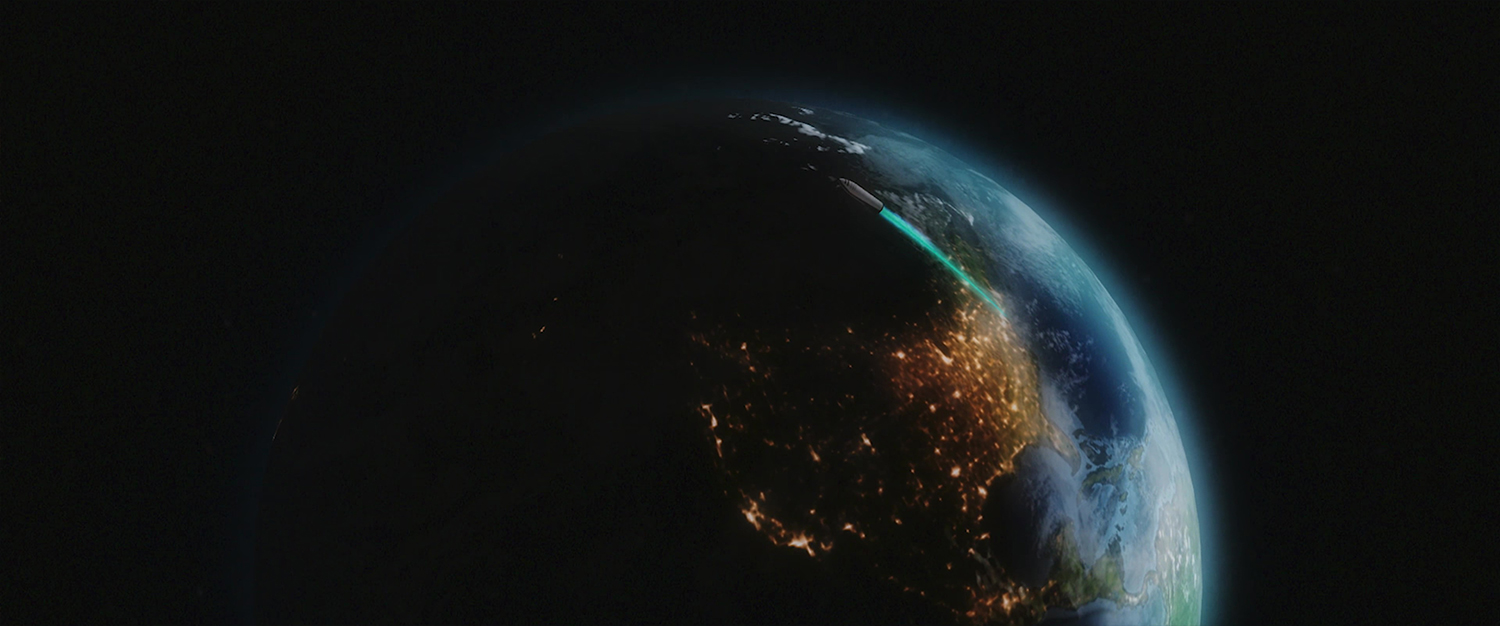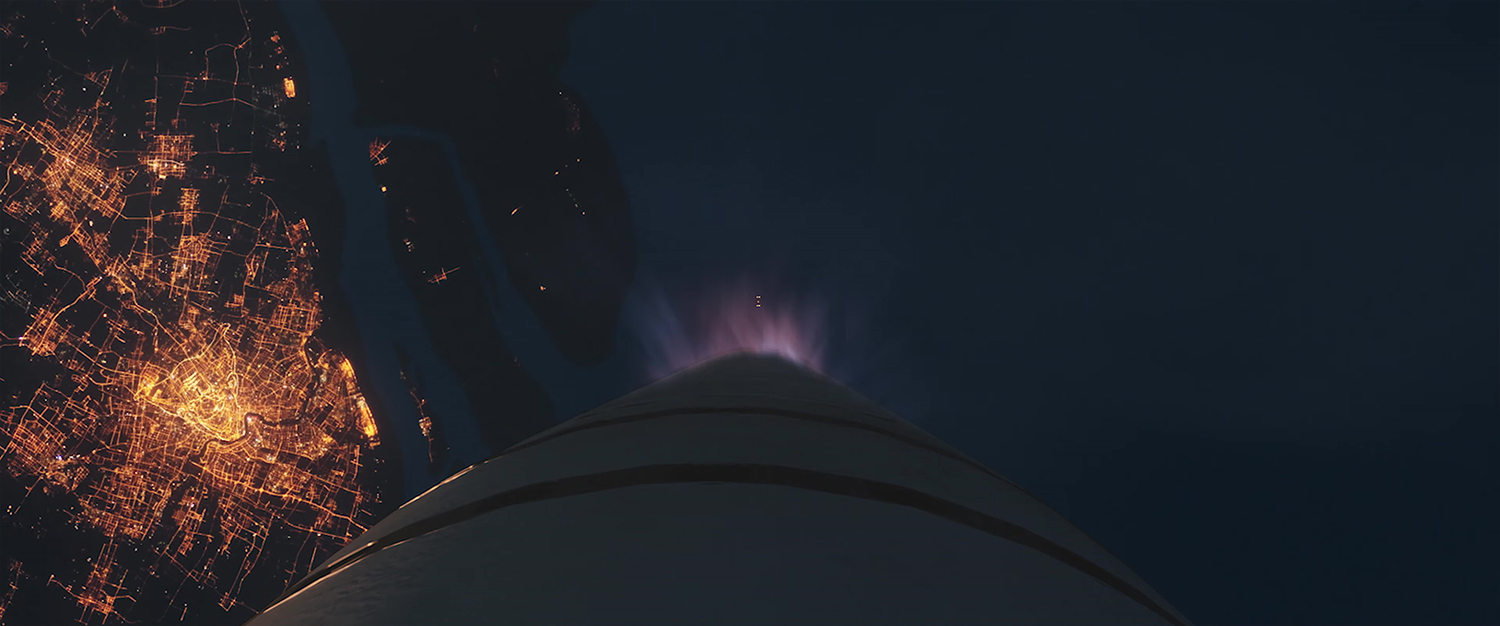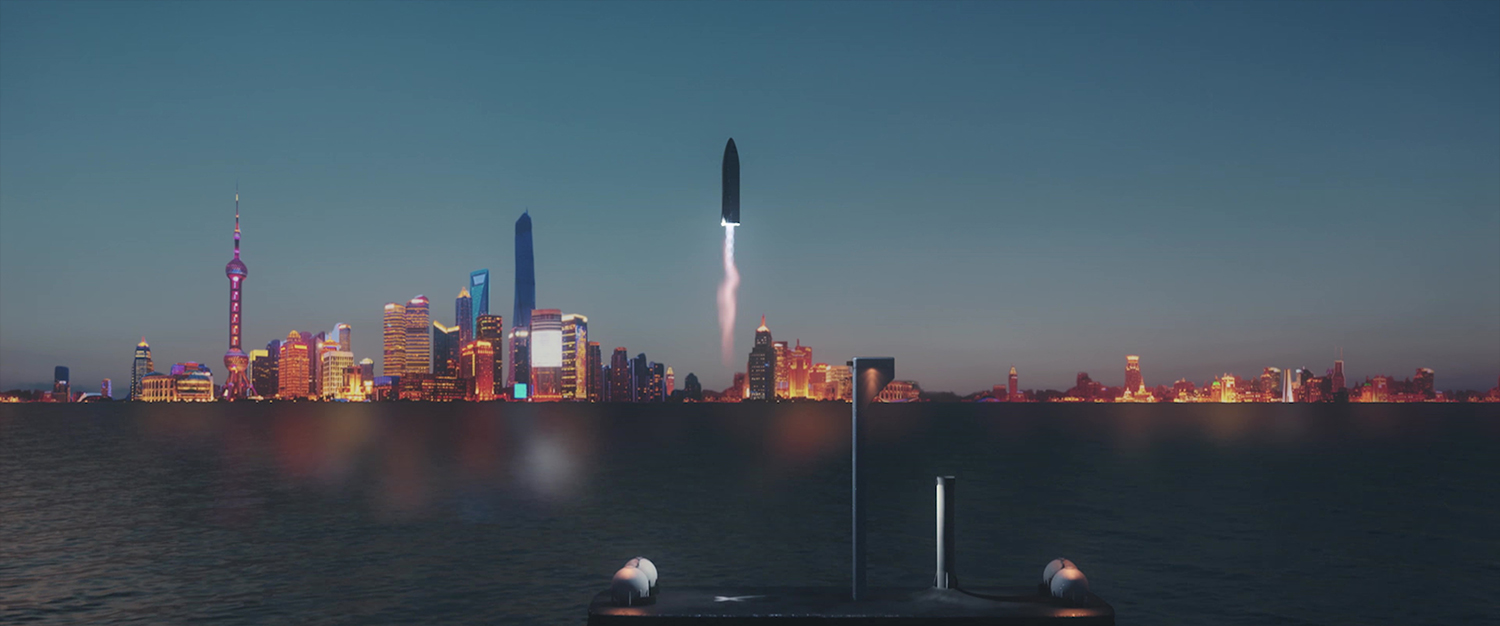For most people, revolutionizing the electric car, paving the way for colonization of Mars, and building a HyperLoop tunnel under Los Angeles would be enough to fill their every waking moment. Elon Musk isn’t most people. Speaking on Friday, September 29, at the International Astronautical Congress (IAC) in Adelaide, Australia, the SpaceX and Tesla CEO outlined his next big goal — to use SpaceX’s interplanetary rocket system to make extremely fast long-distance travel possible on Earth. Should all go to plan, the idea is that you would be able to travel anywhere on the planet in less than an hour.
After Musk left the stage, he took to Instagram to further elucidate his plans, and to post some pretty sweet videos. “Fly to most places on Earth in under 30 minutes and anywhere in under 60,” he captioned a video. He added, importantly, “Cost per seat should be about the same as full fare economy in an aircraft. Forgot to mention that.”
https://www.instagram.com/p/BZnVfWxgdLe/?hl=en&taken-by=elonmusk
In a video showcasing the “point-to-point” concept, passengers are depicted traveling by boat from New York City to a floating launchpad. These floating launchpads could be created near major cities all over the world. They then board the SpaceX reusable BFR (that’s Big Fucking Rocket), which exits the atmosphere, before re-entering and touching down on another launchpad. Proposed routes for the city-to-city rocket system could include New York to Shanghai in 39 minutes, Hong Kong to Singapore in 22 minutes, London to Dubai or New York in 29 minutes, and Los Angeles to Toronto in 24 minutes. This would make it, by far, the fastest form of transport in history. At its peak, the rocket would hit speeds of around 18,000 miles per hour — which is enough to leave even the Corcorde’s 1,447 miles-per-hour in the dust.
At present, the technology to do all of this doesn’t exist, although the various SpaceX launches that have taken place in recent years show the ability to vertically land a rocket is getting more and more reliable all the time. (But mistakes can still happen.) Still, it remains to be seen just how many people would be willing to save a day’s travel by being transported in this way. Musk has a word for us doubters, though: conservative. “Some of our customers are conservative, and they want to see the BFR fly several times before they’re comfortable launching [on it],” he said during his talk.
The concept certainly has folks excited, though some Instagram users raised a couple important questions. One commenter (who loved the idea) also asked, “How many G’s would that launch pull? Will most people be able to withstand them?”
https://www.instagram.com/p/BZnZsxVAA6E/?hl=en&taken-by=elonmusk
There’s no hard-and-fast deadline on when all of this will take place, but Musk is currently aiming for 2024 as the date he hopes to send humans to Mars aboard the BFR.
Update: Elon Musk took to Instagram to share more about his vision for super fast travel.
